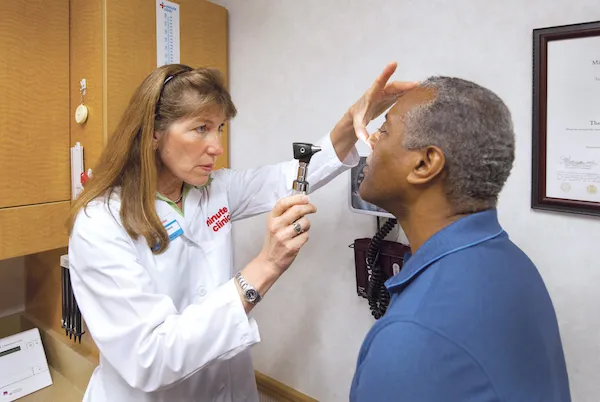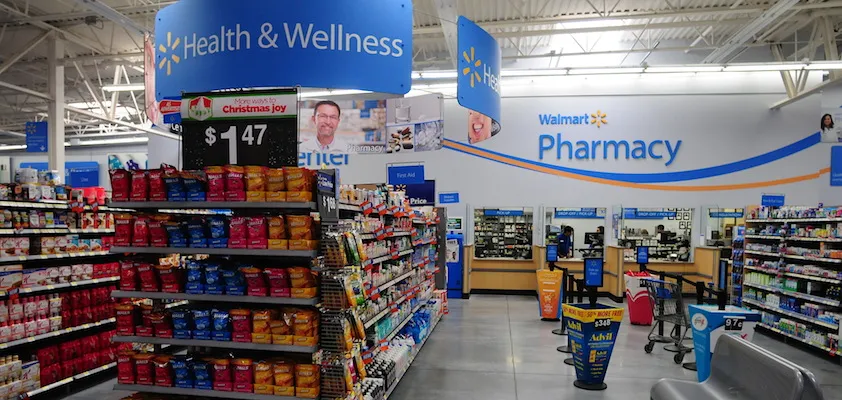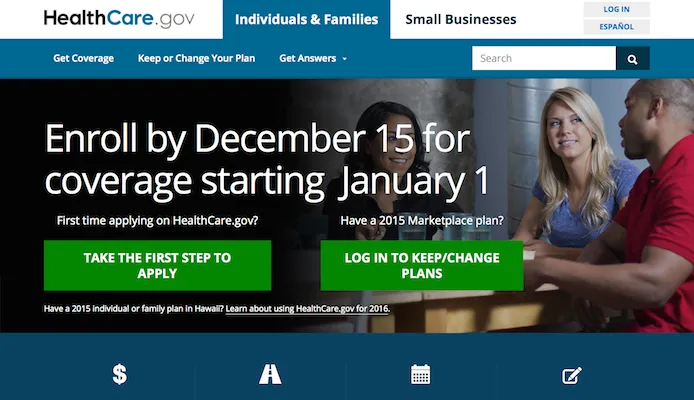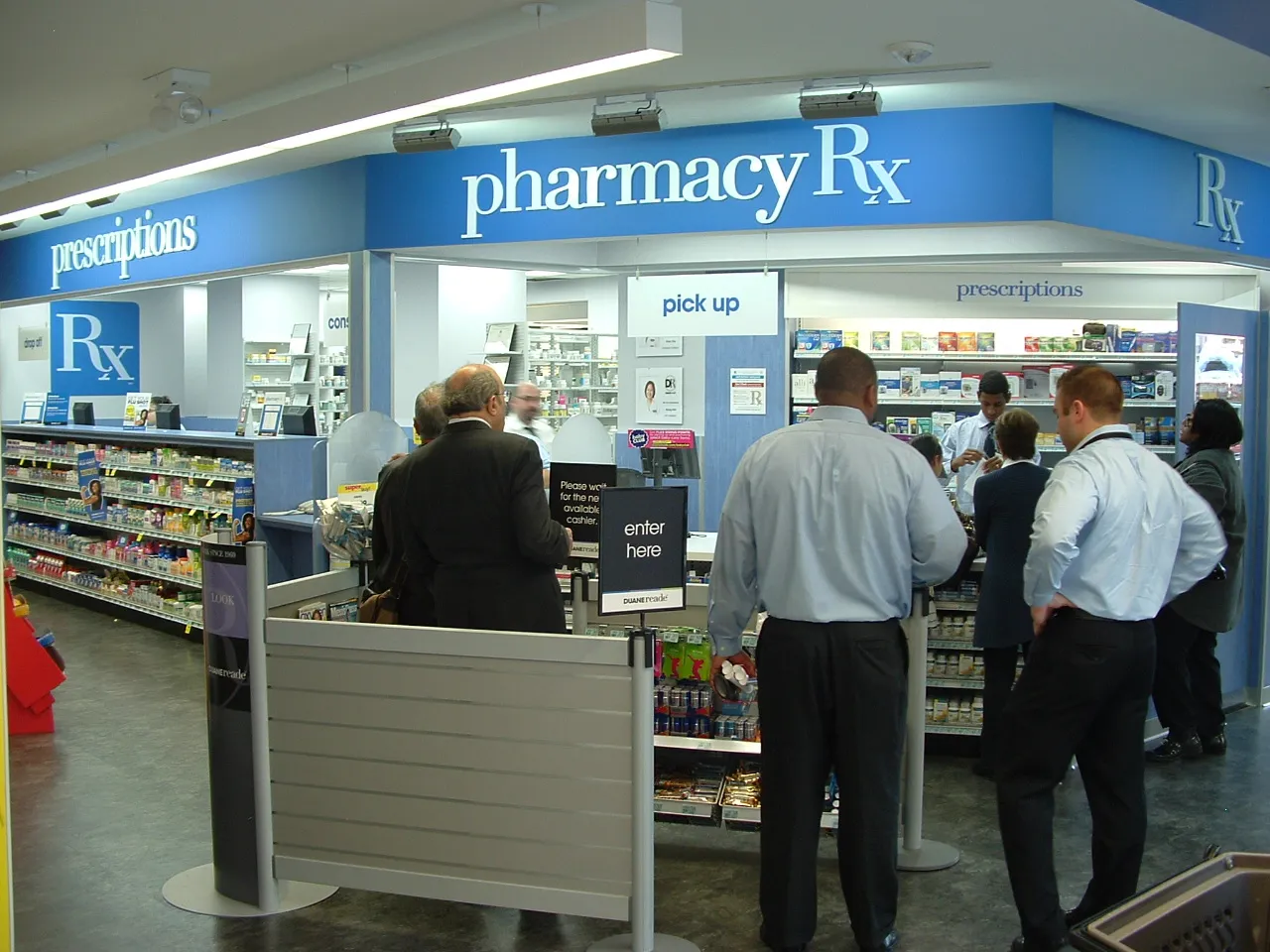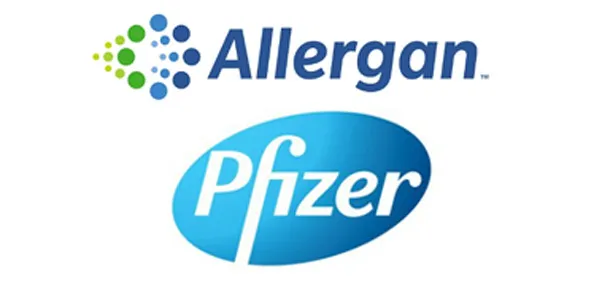WASHINGTON — Total U.S. health care spending growth is expected to average 5.8% in aggregate over the 2014-2024 period, according to a report published in Health Affairs and written by members of the Centers for Medicare & Medicaid Services’ Office of the Actuary.
The authors note that this rate of growth is still substantially lower than the 9% average rate that occurred in the three decades before 2008.
“Growth in overall health spending remains modest even as more Americans are covered, many for the first time,” says CMS acting administrator Andy Slavitt. “Per-capita spending and medical inflation are all at historically very modest levels.
“We cannot be complacent. The task ahead for all of us is to keep people healthier while spending smarter across all categories of care delivery so that we can sustain these results.”
Despite the upbeat numbers, one in three Americans told a 2014 Gallup poll that they or a family member postponed medical care last year because of cost considerations. The repercussions of those delays could be felt by the federal and state governments, which are increasingly responsible for paying higher shares of health care expenditures.
Health care is expected to account for about a fifth of the nation’s economy by 2024.
In 2014, health spending in the United States is estimated to have reached $3.1 trillion, or $9,695 per person, and to have increased by 5.5% from the previous year as millions of individuals gained health insurance coverage and as new, expensive specialty drugs arrived on the market. Prescription drug spending alone increased 12.6% last year — the highest growth since 2002.
The analysis points out that although more people are getting health care coverage, annual growth in per-enrollee expenditures in 2014 for private health insurance (5.4%), Medicare (2.7%) and Medicaid (minus 0.8%) remained slow in historical terms. Medicare and Medicaid beneficiaries tend to have higher medical costs than average Americans.
The report found that despite an increased number of people obtaining health insurance coverage in 2014, medical price inflation was 1.4% and that hospital and physician and clinical services — which make up the largest portions of medical prices — also increased slowly, at 1.4% and 0.5%, respectively.
Per-capita premium growth in private health plans is projected to slow to 2.8% this year, reflecting the expectation of somewhat healthier Health Insurance Marketplace enrollees and the increasing prevalence of high-deductible health plans offered by employers. The authors projected that per-capita premium growth would remain below 6% through the end of the projection period.
About 19.1 million additional people are expected to enroll in Medicare over the next 11 years as more members of the baby boom generation reach the Medicare eligibility age, the authors write.
In 2014, per-capita Medicaid spending is projected to have decreased by 0.8% as the newly enrolled are expected to be somewhat healthier than those who were enrolled previously. Overall spending, however, is projected to have increased by 12% in 2014 as a result of a 12.9% increase in enrollment related to the expansion of coverage under the Affordable Care Act.
The insured rate is expected to rise from 86% to 92.4% as the number of uninsured individuals is projected to fall by 18 million over the next 11 years.
With increases in coverage, says the study, the share of health expenses that Americans pay out of pocket is projected to decline from 11.6% in 2013 to 10% in 2024.

